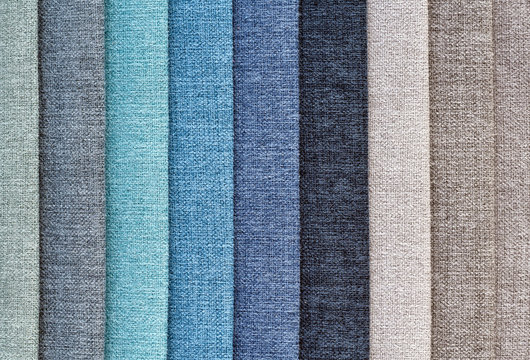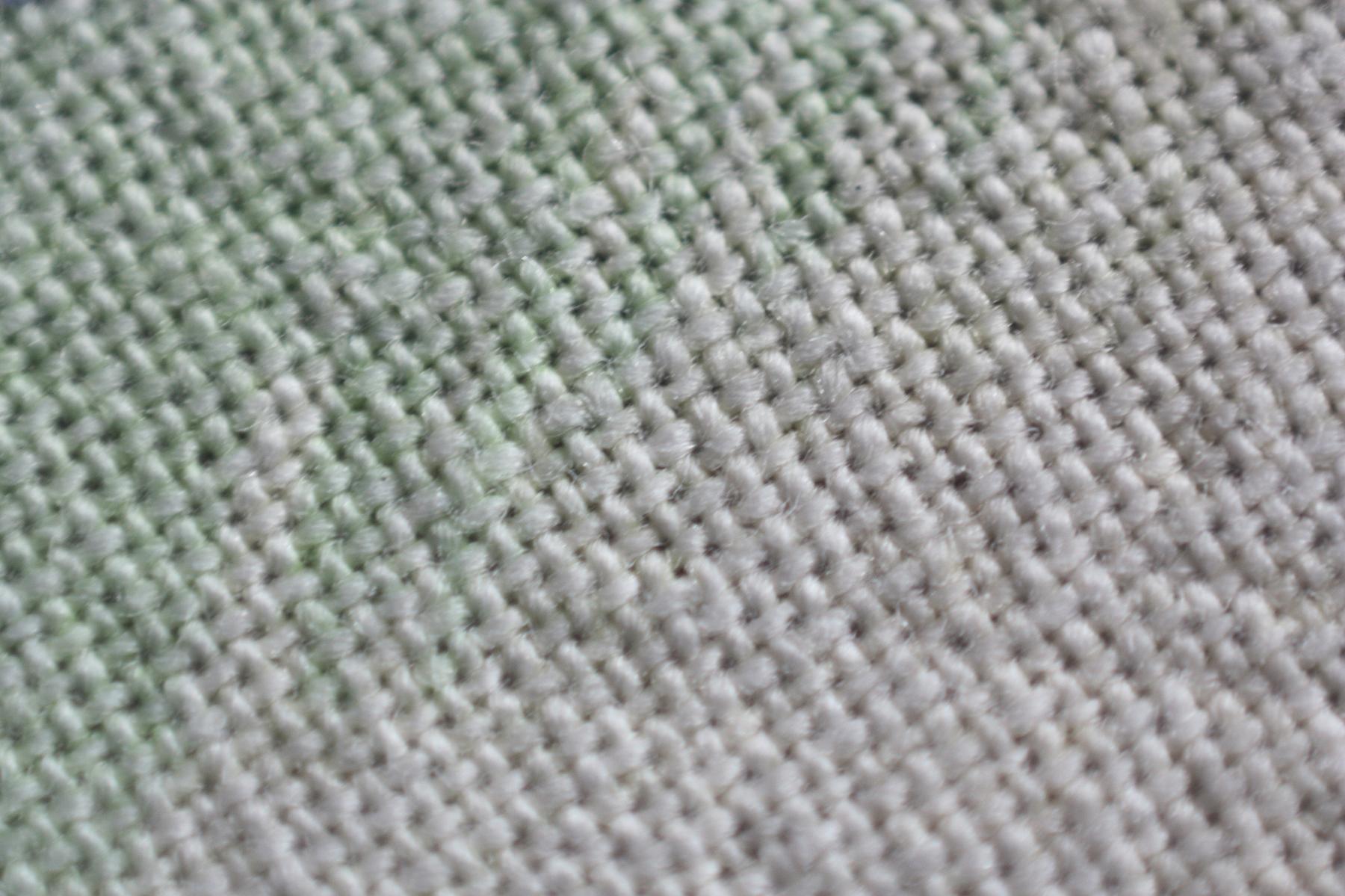The world of interior design is a vast and complex one, with countless elements that go into creating the perfect space. One of the most important pieces of the puzzle is textiles. From curtains to cushions, rugs to wall hangings, textiles can make or break a room’s aesthetic. But how do you choose the right textures, colors, and patterns to bring your vision to life? In this blog post, we’ll explore the art of interior design through the lens of the textile industry. So grab a seat and get ready to master this essential aspect of home decor!

The Evolution of the Textile Industry: A Brief History
Textile industry has come a long way since the days of hand-weaving and spinning. The origins of textiles can be traced back to ancient civilizations such as Egypt, where linen was used for clothing and burial shrouds. Over time, textile production evolved into a large-scale industrial process with mass production techniques being introduced in the 18th century. The textile industry played a significant role in the Industrial Revolution, creating jobs and contributing to economic growth.
During the 20th century, technology continued to drive innovation within the textile industry, leading to new materials and manufacturing processes. This included advancements such as synthetic fibers and computerized weaving machines that allowed for greater precision in design.
Today’s textile industry is highly diverse, reflecting both traditional methods and modern innovations. From natural fabrics like cotton and wool to high-tech materials such as carbon fiber, there is no shortage of options available for interior designers looking to incorporate textiles into their work. As technology continues to evolve, it will be interesting to see what new developments emerge within this vibrant sector of the design world.
The Role of Textiles in Interior Design: From Function to Fashion
Textiles in Interior Design have come a long way since the early civilizations used animal hides and plant fibers to cover walls and floors. Today, textiles play an important role in creating functional and aesthetically pleasing interiors. From curtains to upholstery, textile choices can completely transform a space.
Functionality was once the primary consideration when choosing interior textiles. But now, style has become just as important with designers incorporating bold patterns, textures, and colors into their designs. Fabrics like chenille or velvet that were once considered outdated are now making a comeback in modern design.
In addition to traditional fabrics like cotton or wool, there is a growing interest in eco-friendly materials made from natural resources such as bamboo or hemp. While sustainable textile choices are gaining popularity among consumers and designers alike, it is important to note that not all “green” textiles are created equal.
With so many options available for both function and fashion purposes, textile selection requires careful consideration of factors such as durability, colorfastness, texture, sustainability goals and budget constraints.

The Top Textile Trends in Interior Design for 2021
Textile trends have become a key element in the world of interior design, transforming spaces into unique and harmonious environments. With an increase in demand for sustainable materials, natural fibers are taking center stage. Linen, wool, cotton and jute are popular choices among designers due to their durability and eco-friendly properties. Bold patterns inspired by nature such as botanicals or animal prints are also making a comeback along with bright colors such as bold blues, greens and yellows that add vibrancy to any space. Another trend is textured fabrics like bouclé or chenille that bring depth and warmth to furniture pieces. Finally, vintage textiles from around the world continue to be a popular choice for adding character and cultural influences to interiors designs. Keeping up with these textile trends ensures your interior design projects remain current and relevant while still fulfilling functional needs.

Sustainable Textiles: How the Industry is Going Green
Sustainable textiles are becoming increasingly popular in the interior design industry. With a growing awareness of environmental issues, designers and consumers alike are seeking out eco-friendly options. The textile industry has responded by developing new materials and production methods that reduce waste and minimize environmental impact. Recycled fabrics made from post-consumer waste, such as plastic bottles or discarded clothing, are a popular choice for sustainable interior design projects. Other sustainable options include organic cotton, linen, and hemp, which are grown without harmful pesticides or chemicals. Some companies are also exploring innovative techniques like 3D printing to create textiles without the need for water or other resources. As the demand for sustainable products continues to grow, the textile industry is poised to lead the way in eco-friendly innovation.
Mastering the Art of Textile Selection for Interior Design Projects
Textile selection is a crucial aspect of interior design projects. The right selection can make or break the look and feel of a space. When choosing textiles, it’s important to consider both aesthetics and functionality. Color, texture, pattern, and scale are key considerations for creating visual interest and harmony within a space.
Additionally, durability, maintainability, and safety should not be overlooked. Consider the use of the space; will it have heavy traffic or exposure to sunlight? Choose fabrics that will hold up over time while still achieving your desired aesthetic.
Another important factor in textile selection is sustainability. Opting for eco-friendly materials such as organic cotton or recycled polyester can reduce environmental impact without sacrificing style.
Ultimately, mastering textile selection requires experience and expertise in both textiles and interior design. Taking the time to carefully select fabrics that meet aesthetic preferences while also fulfilling functional requirements can result in beautiful spaces that stand the test of time.
In conclusion, the textile industry plays a vital role in interior design. From its rich history to the latest trends and sustainable practices, there is always something new to discover in this field. Mastering the art of selecting textiles for your interior design projects can elevate your designs from functional to truly stunning. By keeping up with current trends and understanding how textiles can bring both beauty and sustainability to our homes and businesses, we can create spaces that are not only visually pleasing but also environmentally responsible. So whether you’re an interior designer or simply someone who loves beautiful spaces, take the time to explore what the textile industry has to offer – you won’t be disappointed!
Frequently Asked Questions
Question: Who are the major players in the textile industry?
Answer: Major players in the textile industry include China, India, and the United States.
Question: What is the impact of technology on the textile industry?
Answer: Technology has led to increased efficiency, automation, and reduced costs in the textile industry.
Question: How does the textile industry impact the environment?
Answer: The textile industry is a major polluter, contributing to water pollution and greenhouse gas emissions.
Question: Who works in the textile industry?
Answer: Workers in the textile industry include designers, manufacturers, and salespeople.
Question: What is the future of the textile industry?
Answer: The future of the textile industry involves sustainable practices, automation, and digitization.
Question: What are the benefits of buying textiles made in the USA?
Answer: Buying textiles made in the USA supports local businesses and ensures higher quality and labor standards.
